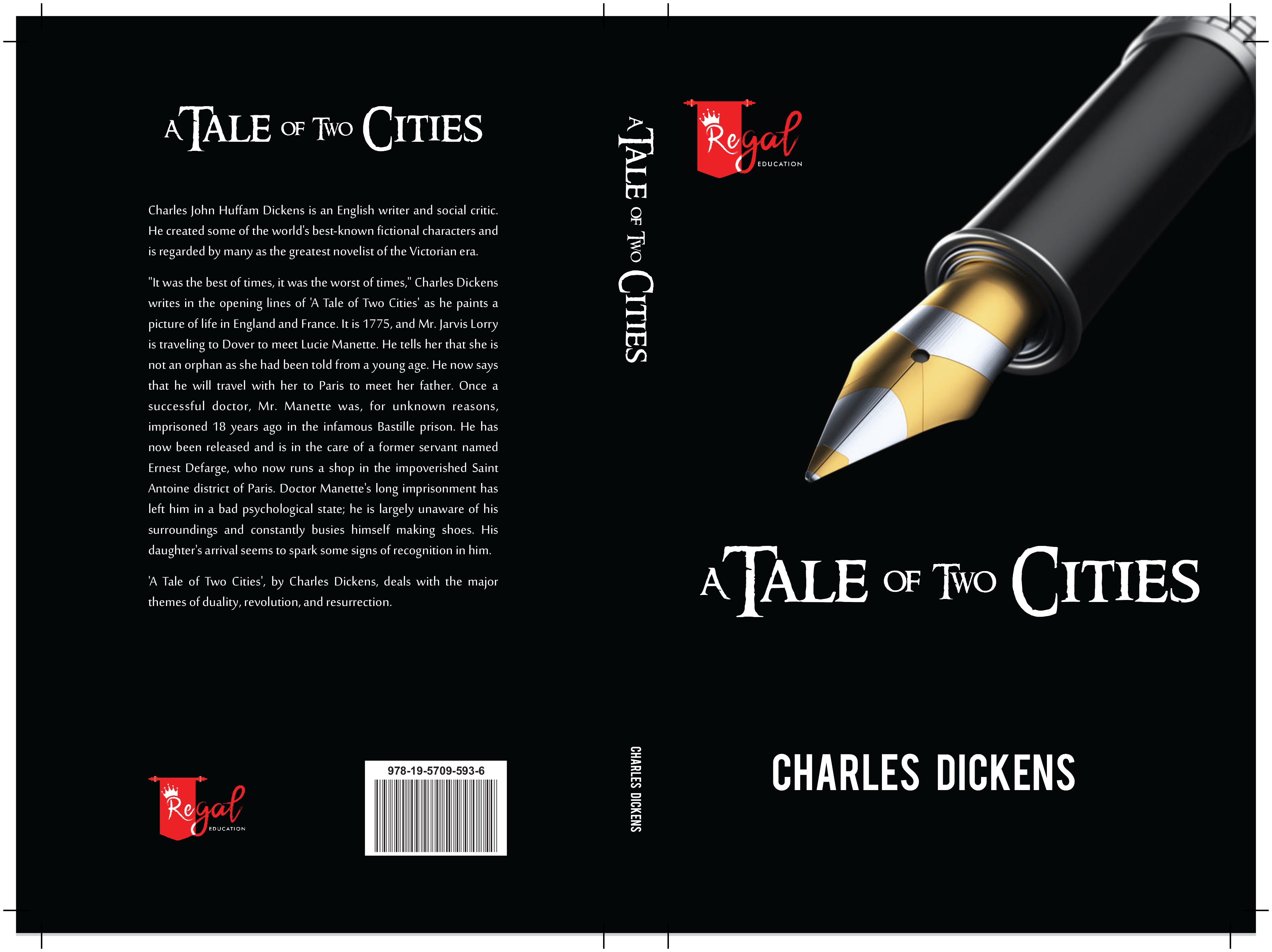
Normal 0 false false false EN-US X-NONE AR-SA /* Style Definitions */ table.MsoNormalTable {mso-style-name:"Table Normal"; mso-tstyle-rowband-size:0; mso-tstyle-colband-size:0; mso-style-noshow:yes; mso-style-priority:99; mso-style-parent:""; mso-padding-alt:0cm 5.4pt 0cm 5.4pt; mso-para-margin-top:0cm; mso-para-margin-right:0cm; mso-para-margin-bottom:8.0pt; mso-para-margin-left:0cm; line-height:107%; mso-pagination:widow-orphan; font-size:11.0pt; font-family:"Calibri",sans-serif; mso-ascii-font-family:Calibri; mso-ascii-theme-font:minor-latin; mso-hansi-font-family:Calibri; mso-hansi-theme-font:minor-latin; mso-bidi-font-family:Arial; mso-bidi-theme-font:minor-bidi;}
"It was the best of times, it was the worst of times," Charles Dickens writes in the opening lines of ‘A Tale of Two Cities’ as he paints a picture of life in England and France. It is 1775, and Mr. Jarvis Lorry is traveling to Dover to meet Lucie Manette. He tells her that she is not an orphan as she had been told from a young age. He now says that he will travel with her to Paris to meet her father. Once a successful doctor, Mr. Manette was, for unknown reasons, imprisoned 18 years ago in the infamous Bastille prison. He has now been released and is in the care of a former servant named Ernest Defarge, who now runs a shop in the impoverished Saint Antoine district of Paris. Doctor Manette’s long imprisonment has left him in a bad psychological state; he is largely unaware of his surroundings and constantly busies himself making shoes. His daughter’s arrival seems to spark some signs of recognition in him.
‘A Tale of Two Cities’, by Charles Dickens, deals with the major themes of duality, revolution, and resurrection.

